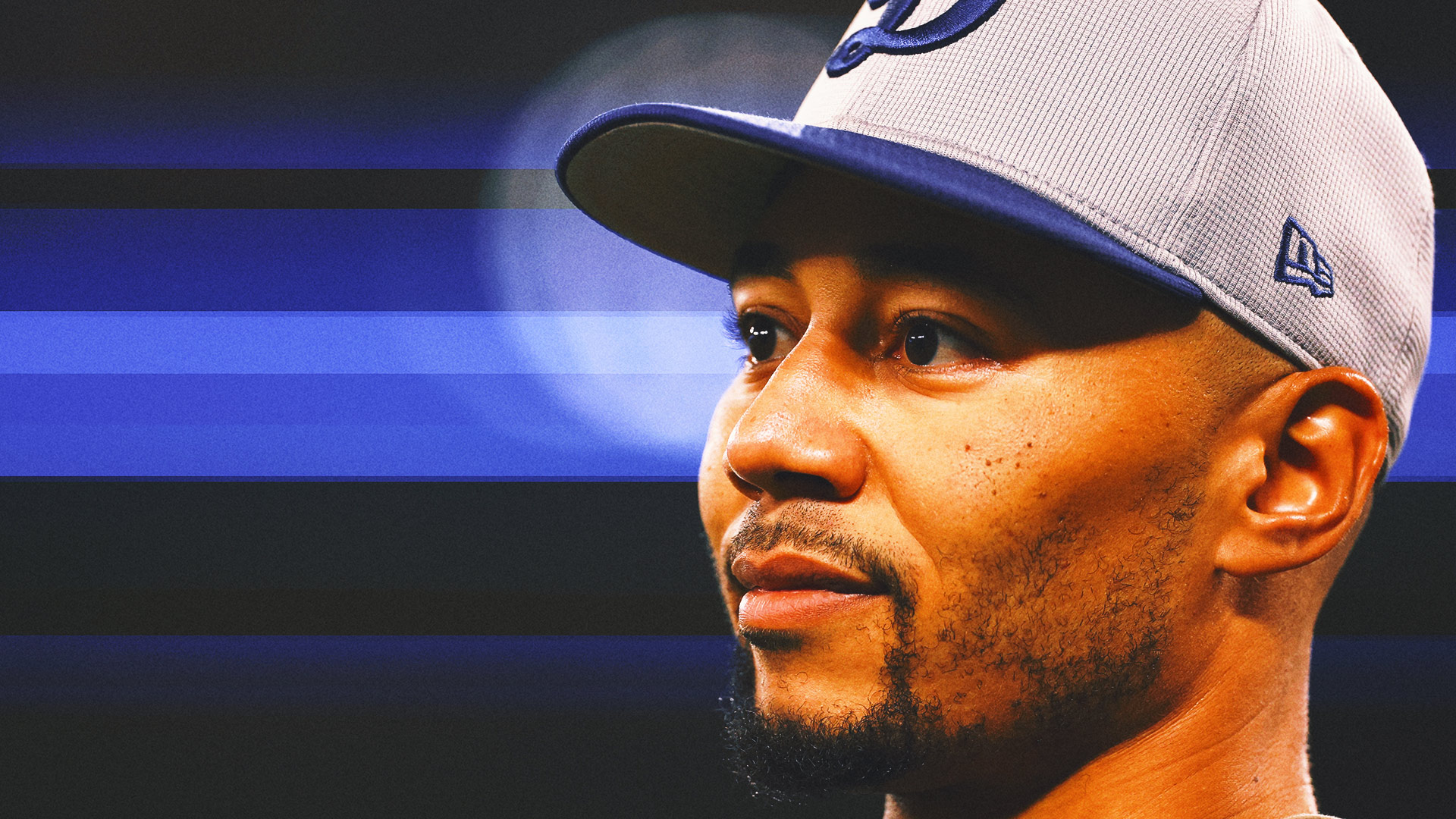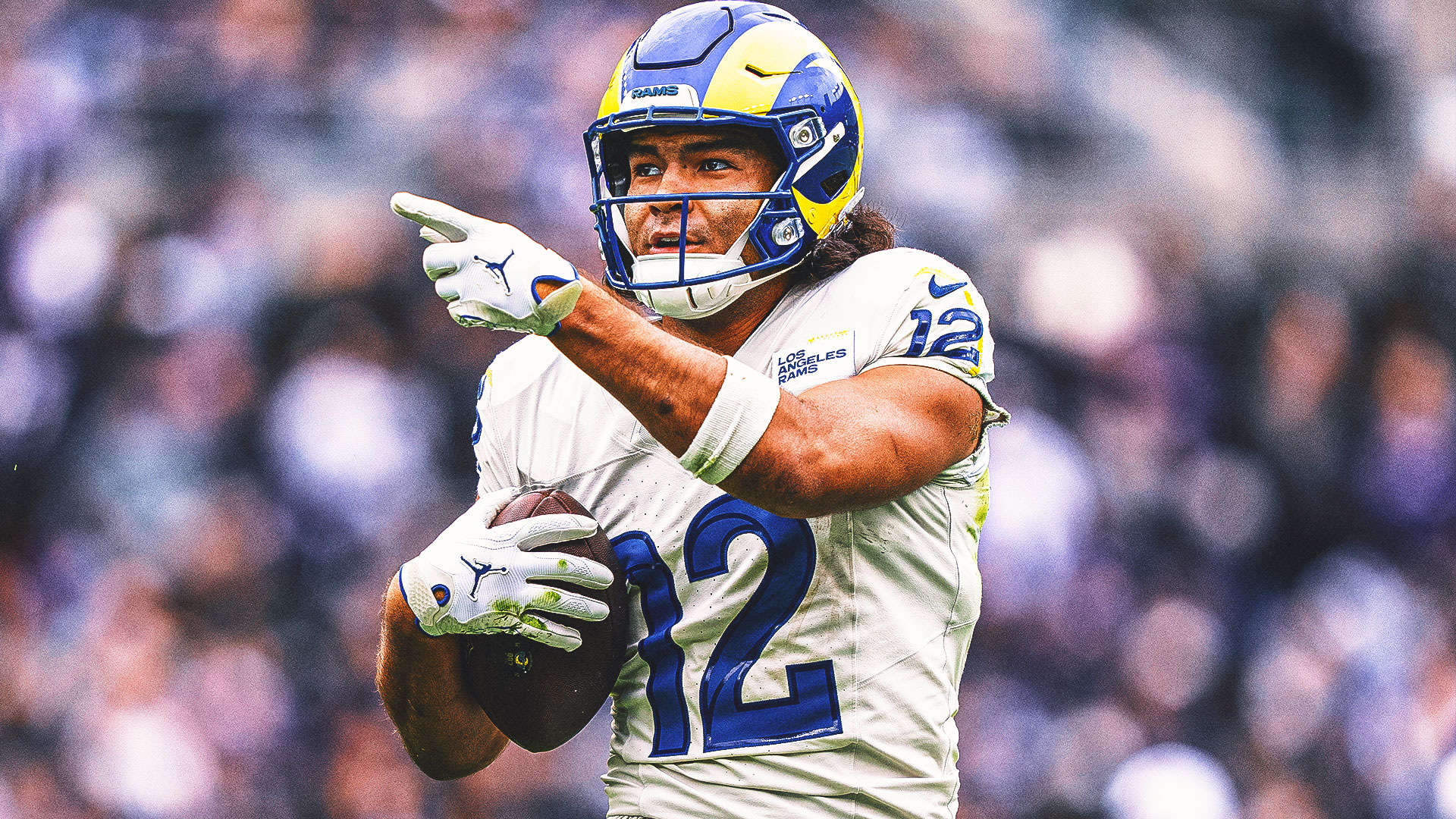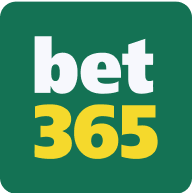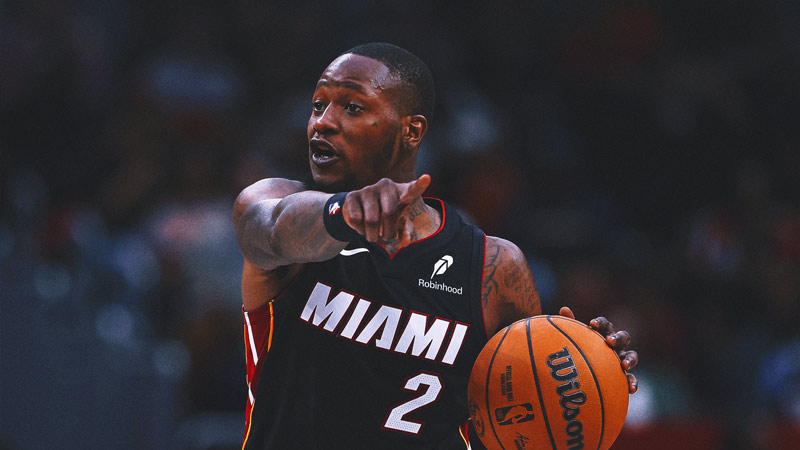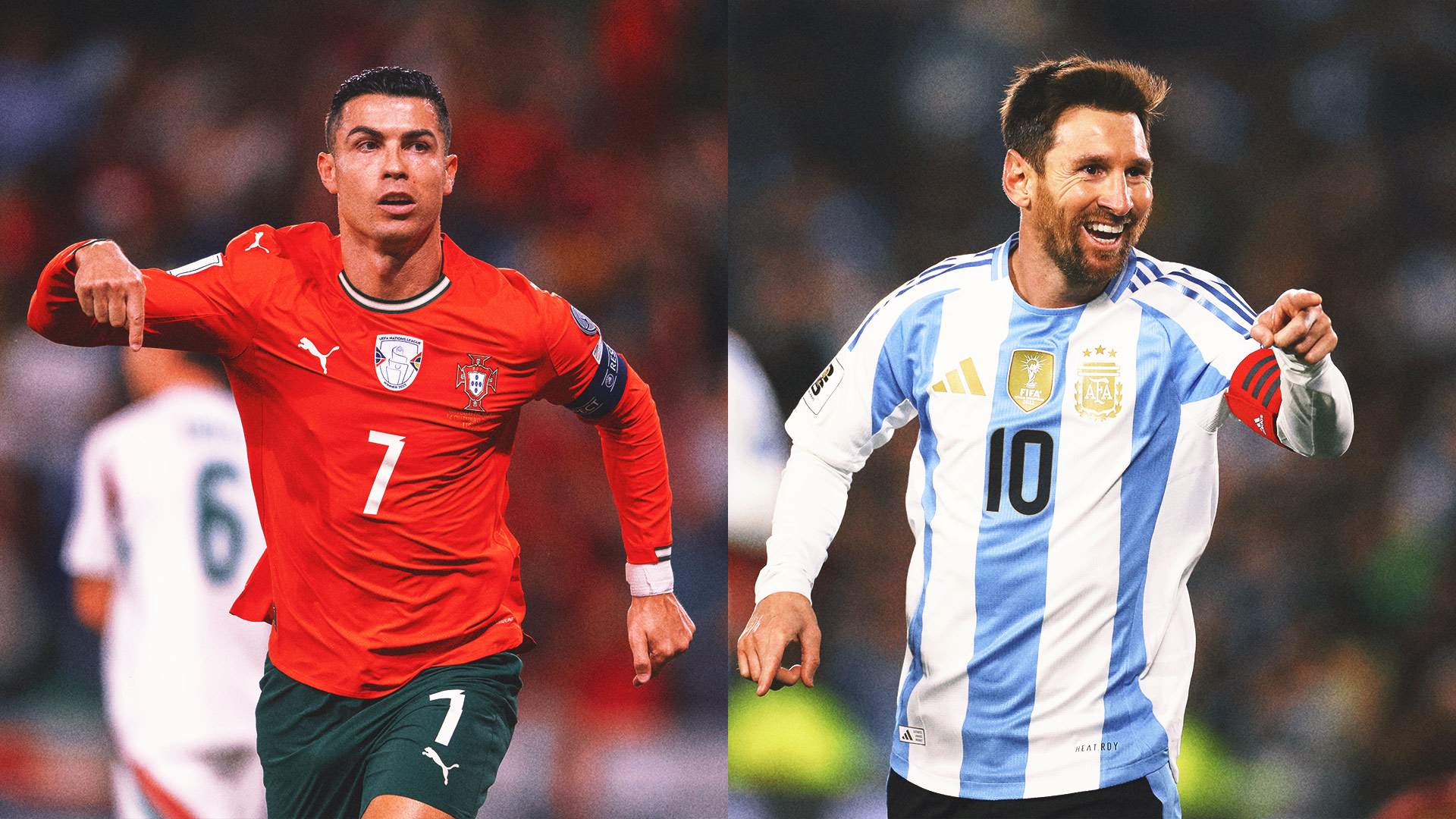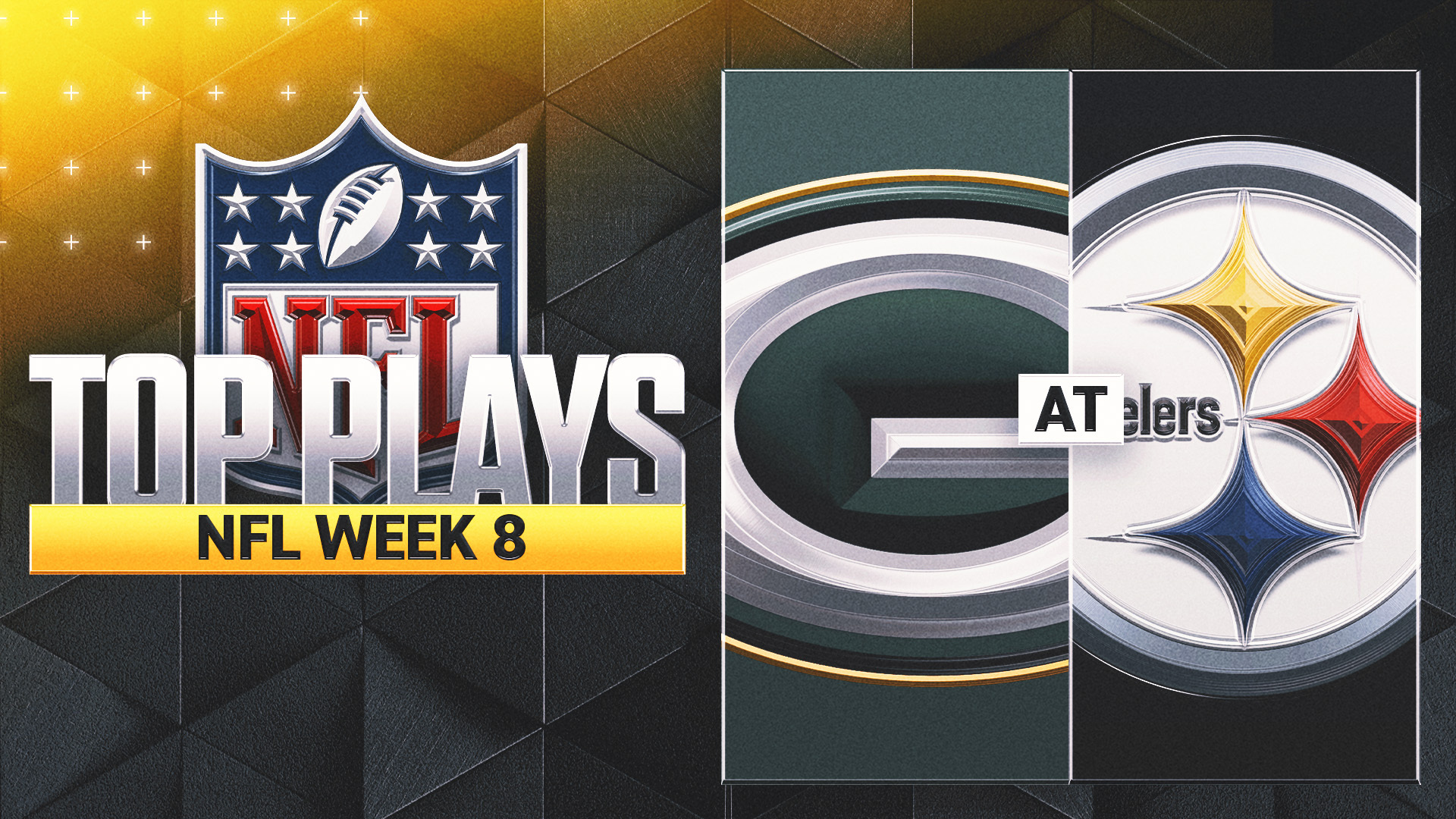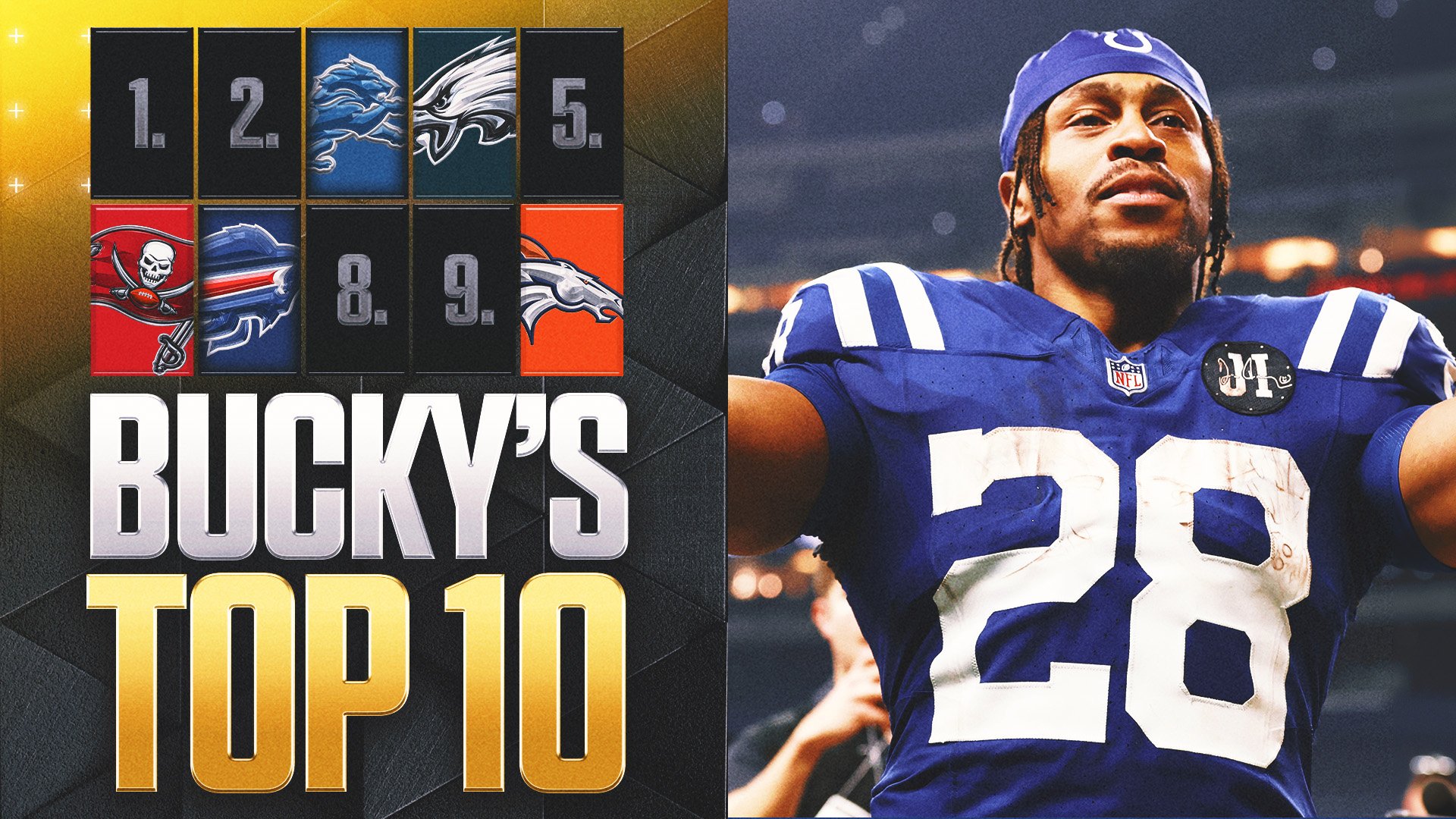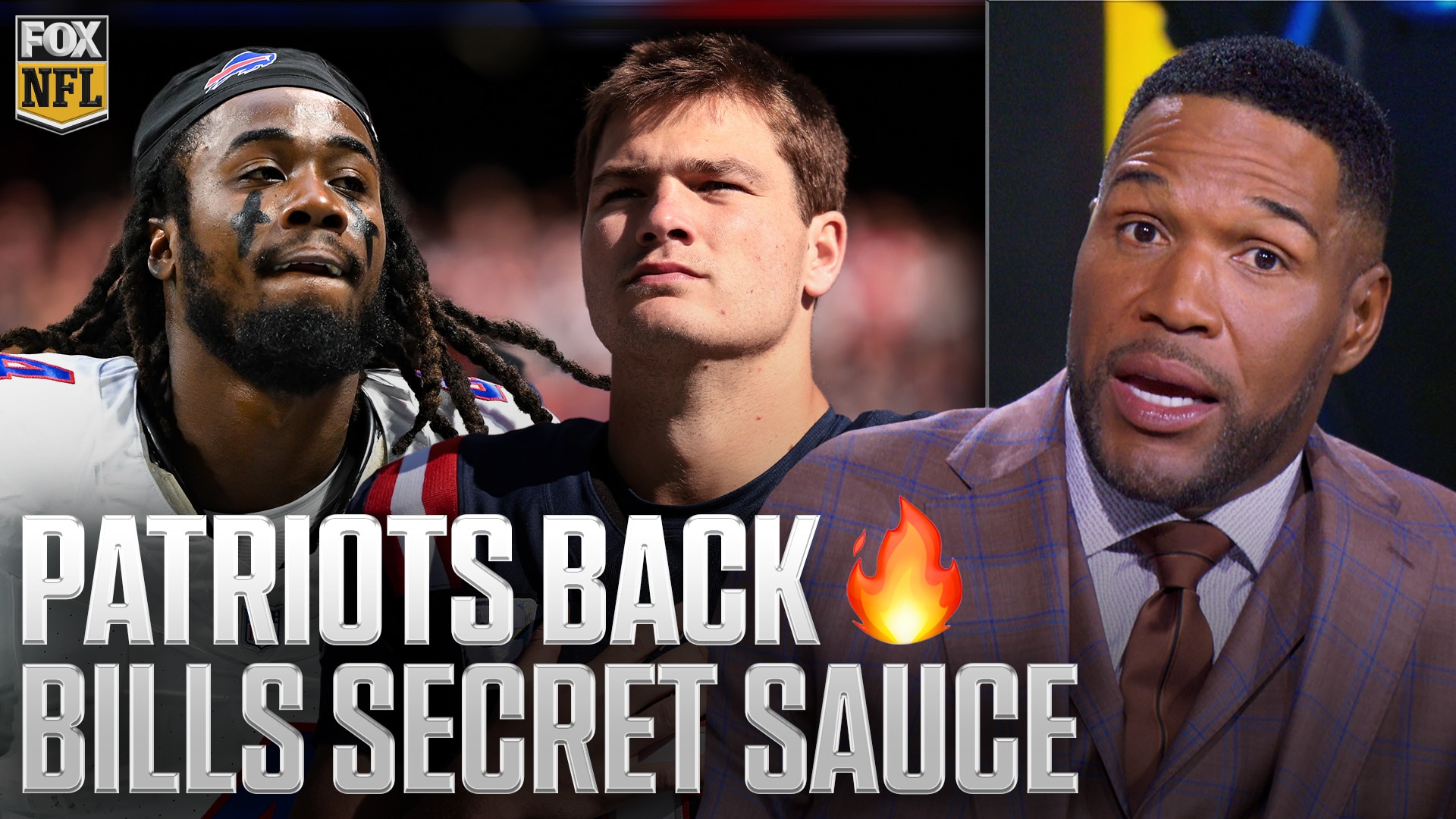Hoka may have peaked.
Deckers Outdoors reported its second-quarter earnings Thursday, and while the parent of Hoka and Ugg posted higher profit and sales, its outlook was cautious.
The company’s overall revenue grew 9% to $1.431 billion from a year ago, while Hoka grew 11% to $634 million, meeting analyst expectations, and Ugg grew 10% to $760 million, beating expectations.
Those numbers are impressive, but they signal a deceleration.
A year ago, Deckers reported fiscal Q2 2025 sales for Hoka rose by nearly 25% to $570.9 million compared to the year before. Hoka’s Q2 sales also slowed from the 19.8% year-over-year gain seen in the fiscal first quarter.
“I think you call that a deceleration,” William Baird analyst Dylan Carden told Front Office Sports following Deckers’ earnings report. “We are on the other side of the trend mountain.”
A pioneer in the chunky-sneaker trend, Hoka soared in popularity over the past few years, following the COVID-19 pandemic’s running boom and focus on comfort.
But the running shoe market is hyper-competitive. The max cushion-soled sneaker style Hoka is known for has flooded store shelves. New Balance, Nike, On, Asics, and Adidas all have their version of the style. Hoka, which launched in 2009 and was acquired by Deckers in 2012, is more exposed to a dip in the trend than other brands, especially On, the brand to which Hoka is most often compared.
But there’s an important difference: Hoka’s top five lines —each generating more than $100 million in sales—are max cushion shoes, Bernstein analyst Aneesha Sherman wrote in a September note. On is more insulated from this specific trend because among On’s nine top-selling lines (each generating more than $125 million in annual sales or 5% of revenue), only the Cloudmonster line features a max cushion silhouette.
“It’s not that Hoka can’t innovate, it’s that the customer hasn’t given it permission to innovate beyond that chunky style shoe,” says Carden. He compares the situation to Allbirds, an upstart shoe brand whose comfortable wool runners became hot sellers in 2015–16. A few years later, Allbirds launched a serious running shoe—without much success, he says.
Hoka’s two main silhouettes are the Bondi and Clifton. “If you’re known for one silhouette, your customer wants that one… Hoka is more trapped in that than not,” Carden adds.
On, meanwhile, derives a larger share of its sales from non-running categories, including tennis, fitness and lifestyle. According to Sherman, running shoes constitute 80% of the Hoka brand’s revenue mix and lifestyle/fitness is 7%. By comparison, the running category makes up 55% of On’s revenue and fitness/lifestyle is 26%.
In an Oct. 14 note about On, Carden wrote that sneaker styles—like all fashion—succumb to the trend cycle. He estimates the limit to the popularity of one single silhouette is about six years—”only three of which you want to own shares.” Interest in Hoka started to accelerate in late 2020 and appears to have peaked in summer of 2024, he wrote, citing Google search trends.
While Hoka depends more on the sustained lifespan of a single trend, On’s entry into training, hiking, tennis, and pilates apparel has resonated with consumers, giving the Swiss brand broader appeal and a strong lifestyle business. In Q2 of this year, On sales increased 32% year-over-year; in Q2 last year, sales grew 27.8% from the prior year.
Despite the trend risk, Hoka is doubling down on its max cushion running styles: Of Hoka’s four upcoming running launches in spring 2026, only one (Solimar, the smallest sneaker line) is non-max cushion, Bernstein analysts wrote in an Oct. 24 note.
Deckers forecast full-year sales of approximately $5.35 billion, below analyst estimates of $5.46 billion. Executives on the earnings call said they expect a more cautious consumer in the next few months as the effects of tariffs and higher prices are more fully felt.
“For the back half, we are anticipating a more cautious consumer as the full impact of tariffs and price increases will be felt here in the U.S.,” CEO Stefano Caroti said on the earnings call. “Having said that, our brands are well-positioned when the consumer shows up for the holidays.”
Shares of Deckers dropped following its earnings release Thursday and are down 55% so far this year.
The post Has Hoka Peaked? Some Analysts Think So appeared first on Front Office Sports.

 4 hours ago
7
4 hours ago
7



